-
 Bitcoin
Bitcoin $117600
0.25% -
 Ethereum
Ethereum $4424
0.10% -
 XRP
XRP $3.101
0.50% -
 Tether USDt
Tether USDt $1.001
-0.01% -
 BNB
BNB $836.2
1.26% -
 Solana
Solana $188.8
2.11% -
 USDC
USDC $1.000
0.01% -
 Dogecoin
Dogecoin $0.2301
0.57% -
 TRON
TRON $0.3485
-1.00% -
 Cardano
Cardano $0.9209
-1.34% -
 Hyperliquid
Hyperliquid $46.72
-1.19% -
 Chainlink
Chainlink $22.62
4.84% -
 Stellar
Stellar $0.4275
-0.38% -
 Sui
Sui $3.761
1.91% -
 Bitcoin Cash
Bitcoin Cash $586.7
-0.25% -
 Ethena USDe
Ethena USDe $1.001
0.01% -
 Hedera
Hedera $0.2510
2.06% -
 Avalanche
Avalanche $24.21
2.22% -
 Litecoin
Litecoin $119.7
1.07% -
 Toncoin
Toncoin $3.450
1.06% -
 UNUS SED LEO
UNUS SED LEO $9.411
-0.93% -
 Shiba Inu
Shiba Inu $0.00001298
1.20% -
 Uniswap
Uniswap $10.98
3.25% -
 Polkadot
Polkadot $3.961
2.16% -
 Dai
Dai $1.000
0.00% -
 Bitget Token
Bitget Token $4.642
0.95% -
 Cronos
Cronos $0.1514
0.57% -
 Ethena
Ethena $0.7290
3.78% -
 Monero
Monero $254.1
7.69% -
 Pepe
Pepe $0.00001102
2.47%
How to add new cryptocurrencies to a Binance wallet?
Binance only supports cryptocurrencies listed on its exchange; to add a listed coin, buy it on Binance; for unlisted coins, use a compatible external wallet. Always prioritize security and use official Binance platforms.
Mar 19, 2025 at 04:35 pm
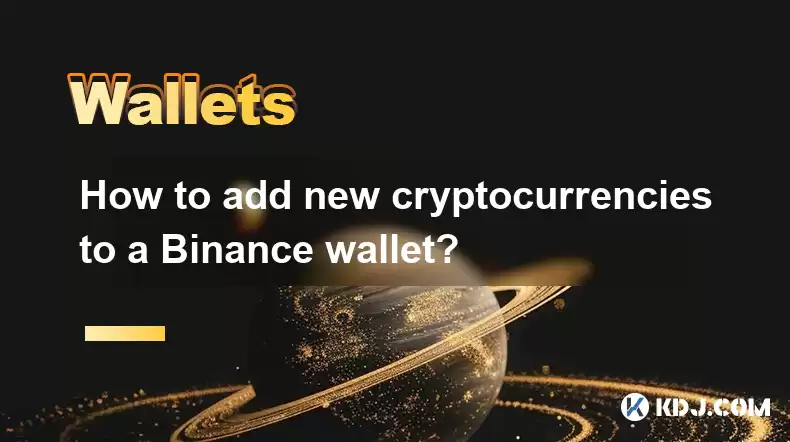
Key Points:
- Binance doesn't directly support adding all cryptocurrencies. Support depends on whether Binance lists the coin.
- Adding a new cryptocurrency to your Binance wallet usually involves purchasing it on the exchange, not directly depositing it.
- If a cryptocurrency is not listed on Binance, you'll need a different wallet compatible with that specific coin.
- Security is paramount; ensure you're using the official Binance app or website.
- Understanding the differences between spot wallets and other Binance wallet types is crucial.
How to Add New Cryptocurrencies to a Binance Wallet?
The process of adding new cryptocurrencies to your Binance wallet depends heavily on whether Binance itself lists and supports that specific cryptocurrency. Binance doesn't function like a universal cryptocurrency repository; it only handles cryptocurrencies it explicitly lists on its exchange platform.
Scenario 1: Cryptocurrency Listed on Binance
If the cryptocurrency you want to add is already listed on Binance, the process is relatively straightforward. You don't "add" it in the sense of importing a new address. Instead, you acquire it through trading on the exchange.
- Purchase the Cryptocurrency: Navigate to the trading section of Binance, locate the cryptocurrency you wish to acquire, and purchase it using another cryptocurrency you already hold (like Bitcoin or Binance Coin) or fiat currency.
- View in Your Wallet: After a successful purchase, the newly acquired cryptocurrency will automatically appear in your Binance spot wallet. You can see your balance under the "Wallet" section of your Binance account. This wallet typically shows your holdings in various cryptocurrencies.
Scenario 2: Cryptocurrency NOT Listed on Binance
This is where things get more complicated. If the cryptocurrency isn't listed on Binance, you can't directly add it to your Binance wallet. Binance simply doesn't have the infrastructure to handle that particular coin.
- Find a Compatible Wallet: You'll need to find a cryptocurrency wallet that specifically supports the cryptocurrency you want to manage. Many different wallets exist, each with its own strengths and weaknesses. Research thoroughly to choose a reputable wallet.
- Transfer to External Wallet: After acquiring the cryptocurrency on another exchange that lists it, you'll need to transfer it from that exchange to your chosen external wallet using the correct address. Remember to double-check the address before initiating the transfer to avoid irreversible loss of funds.
Understanding Binance Wallet Types
Binance offers different wallet types, each serving a specific purpose. It's important to understand these differences to avoid confusion.
- Spot Wallet: This is your primary wallet for holding cryptocurrencies bought and traded on the Binance exchange. New cryptocurrencies (listed on Binance) automatically appear here after a successful trade.
- Futures Wallet: This wallet is specifically for holding cryptocurrencies used in futures trading. It's separate from your spot wallet.
- Margin Wallet: Used for margin trading, this wallet holds cryptocurrencies used as collateral.
Security Best Practices
Security is crucial when dealing with cryptocurrencies. Always follow these guidelines:
- Use the Official Platform: Only use the official Binance website or app. Be wary of phishing websites or malicious apps.
- Enable Two-Factor Authentication (2FA): This adds an extra layer of security to your account.
- Strong Passwords: Use strong, unique passwords for your Binance account.
- Regularly Review Transactions: Check your transaction history regularly for any suspicious activity.
Frequently Asked Questions (FAQs)
Q: Can I add any cryptocurrency to my Binance wallet?
A: No. Binance only supports cryptocurrencies listed on its exchange. If a coin isn't listed, you can't add it directly to your Binance wallet.
Q: What if I accidentally send a cryptocurrency to my Binance wallet that's not supported?
A: You'll likely lose your funds. Binance won't recognize the transaction, and you won't be able to retrieve them. Always verify the receiving address before sending any cryptocurrency.
Q: How do I transfer cryptocurrency from my Binance wallet to another wallet?
A: Go to your Binance wallet, select the cryptocurrency you wish to transfer, click "Withdraw," enter the recipient's address (carefully verifying its accuracy), and follow the instructions.
Q: Is it safe to store large amounts of cryptocurrency in my Binance wallet?
A: While Binance employs robust security measures, storing significant amounts of cryptocurrency on any exchange carries inherent risks. Consider using a hardware wallet for long-term storage of larger holdings.
Q: What happens if a cryptocurrency is delisted from Binance?
A: If a cryptocurrency is delisted, you'll typically have a grace period to withdraw your holdings to an external wallet. After the grace period, you might lose access to those funds on Binance. Always stay informed about announcements from Binance.
Q: How do I check which cryptocurrencies are supported by Binance?
A: Visit the official Binance website and navigate to the "Markets" or "Trading" section. The listed cryptocurrencies are the ones supported by Binance.
Disclaimer:info@kdj.com
The information provided is not trading advice. kdj.com does not assume any responsibility for any investments made based on the information provided in this article. Cryptocurrencies are highly volatile and it is highly recommended that you invest with caution after thorough research!
If you believe that the content used on this website infringes your copyright, please contact us immediately (info@kdj.com) and we will delete it promptly.
- Kazakhstan's Crypto Leap: Bitcoin ETF and Central Asia's Digital Finance Future
- 2025-08-13 12:45:19
- BlockDAG Presale Blazes Past $371M: Fundraising Frenzy Fuels Crypto Sensation
- 2025-08-13 13:05:21
- Meme Coins: Chasing the 2025 Surge – Which Will Moonshot?
- 2025-08-13 10:25:23
- Bitcoin's Wild Ride: Rally, Pullback, and What's Next
- 2025-08-13 10:25:23
- Bitcoin, Bitmax, and Institutional Demand: A New Era of Crypto Investment
- 2025-08-13 10:45:12
- Solana, ROAM, and Airdrops: What's the Buzz in 2025?
- 2025-08-13 11:35:13
Related knowledge
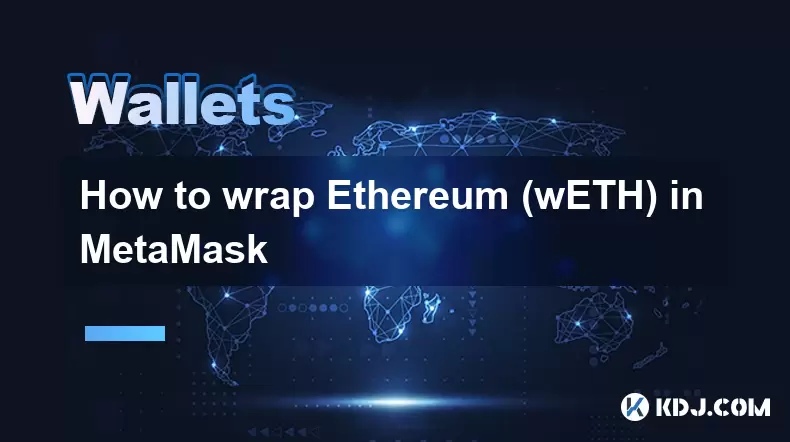
How to wrap Ethereum (wETH) in MetaMask
Aug 13,2025 at 11:36am
Understanding Wrapped Ethereum (wETH)Wrapped Ethereum (wETH) is a tokenized version of native Ethereum (ETH) that conforms to the ERC-20 standard, ena...

How to manage your portfolio in Exodus wallet
Aug 08,2025 at 10:07pm
Understanding the Exodus Wallet InterfaceThe Exodus wallet is a non-custodial cryptocurrency wallet that supports a wide range of digital assets. When...
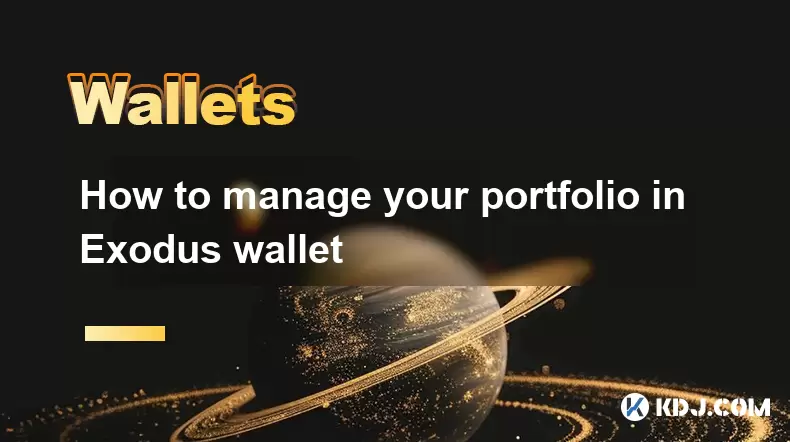
How to manage your portfolio in Exodus wallet
Aug 13,2025 at 11:35am
Understanding the Exodus Wallet InterfaceThe Exodus wallet is a non-custodial cryptocurrency wallet that supports a wide range of digital assets. Upon...

How to reset your MetaMask password
Aug 08,2025 at 01:28pm
Understanding the MetaMask Password Reset ProcessMany users confuse the MetaMask password with the seed phrase or private key, but they serve differen...
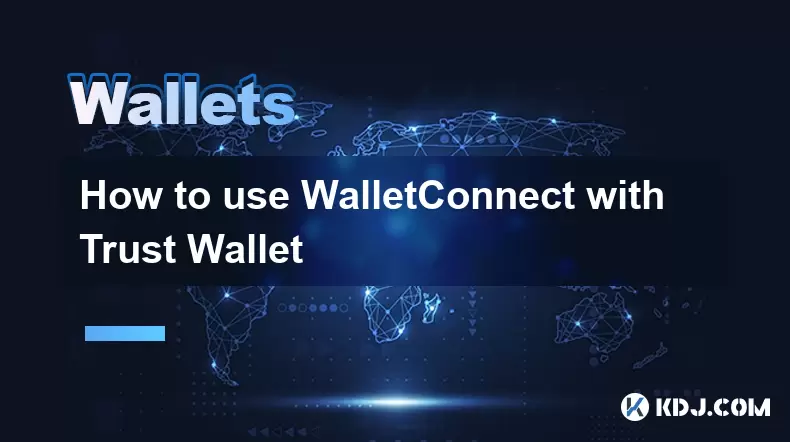
How to use WalletConnect with Trust Wallet
Aug 13,2025 at 01:07am
What Is WalletConnect and Why It Matters for Trust Wallet UsersWalletConnect is an open-source protocol that enables secure communication between dece...
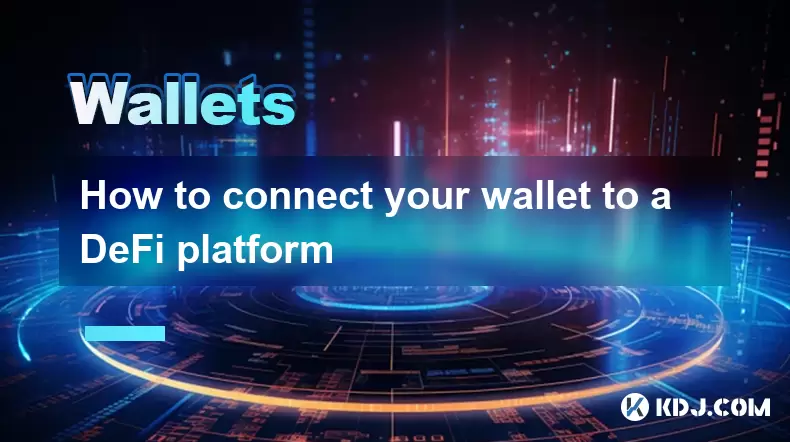
How to connect your wallet to a DeFi platform
Aug 13,2025 at 11:36am
Understanding Wallet Compatibility with DeFi PlatformsBefore connecting your wallet to any DeFi platform, it's essential to ensure your wallet is comp...

How to wrap Ethereum (wETH) in MetaMask
Aug 13,2025 at 11:36am
Understanding Wrapped Ethereum (wETH)Wrapped Ethereum (wETH) is a tokenized version of native Ethereum (ETH) that conforms to the ERC-20 standard, ena...

How to manage your portfolio in Exodus wallet
Aug 08,2025 at 10:07pm
Understanding the Exodus Wallet InterfaceThe Exodus wallet is a non-custodial cryptocurrency wallet that supports a wide range of digital assets. When...

How to manage your portfolio in Exodus wallet
Aug 13,2025 at 11:35am
Understanding the Exodus Wallet InterfaceThe Exodus wallet is a non-custodial cryptocurrency wallet that supports a wide range of digital assets. Upon...

How to reset your MetaMask password
Aug 08,2025 at 01:28pm
Understanding the MetaMask Password Reset ProcessMany users confuse the MetaMask password with the seed phrase or private key, but they serve differen...

How to use WalletConnect with Trust Wallet
Aug 13,2025 at 01:07am
What Is WalletConnect and Why It Matters for Trust Wallet UsersWalletConnect is an open-source protocol that enables secure communication between dece...

How to connect your wallet to a DeFi platform
Aug 13,2025 at 11:36am
Understanding Wallet Compatibility with DeFi PlatformsBefore connecting your wallet to any DeFi platform, it's essential to ensure your wallet is comp...
See all articles

























































































